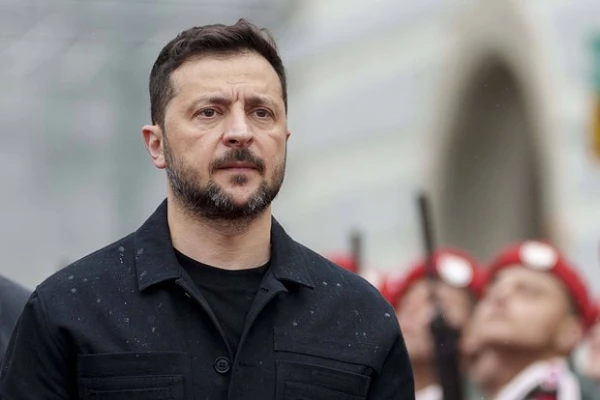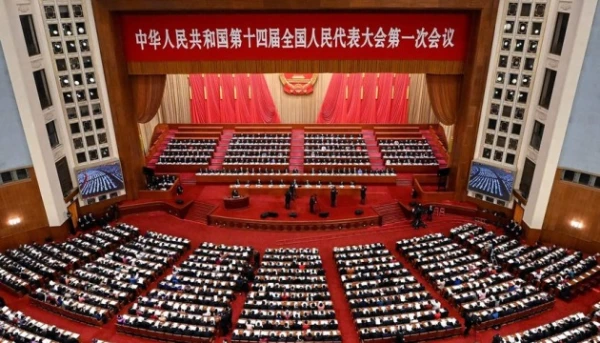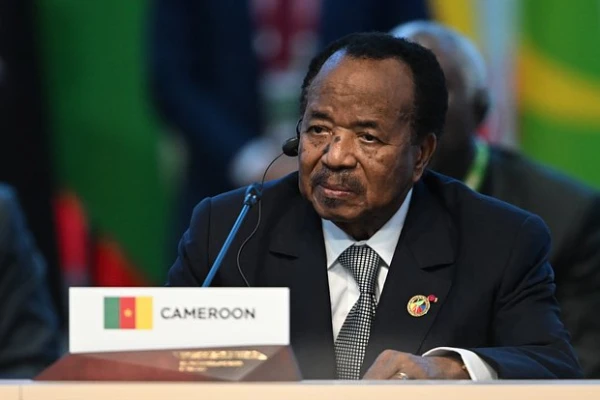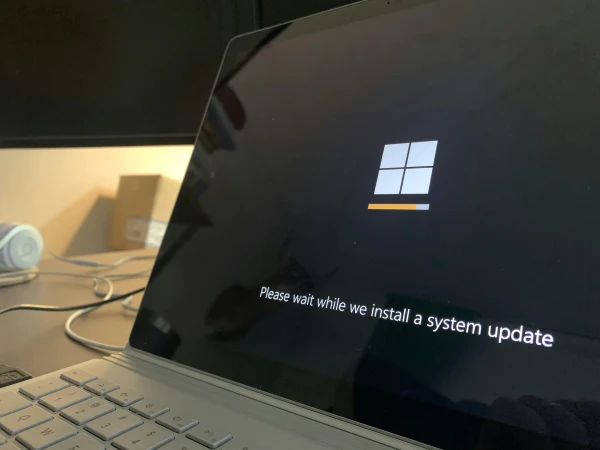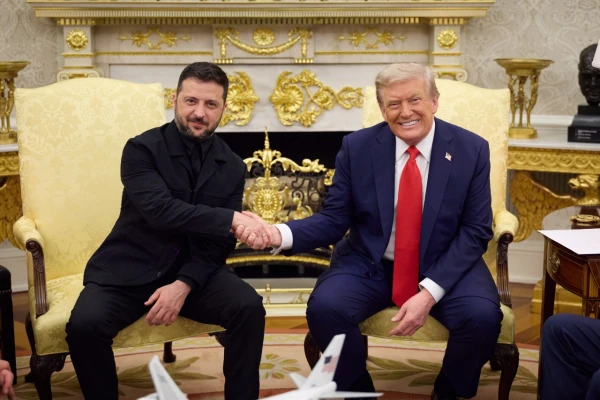
After the second conversation with Trump in two days, Zelensky stated that the transfer of Tomahawk missiles to Kyiv could contribute to peace. The presidents, in particular, discussed strengthening Ukraine's air defense.
Ukrainian President Volodymyr Zelensky and U.S. President Donald Trump held their second phone conversation in two days, the Ukrainian leader reported on Sunday, October 12, on his social media.
Zelensky described the conversation with Trump as "very productive," just like the day before. "Yesterday, we agreed on a specific topic for today, and we touched on all these aspects of the situation," the Ukrainian president wrote. According to him, they discussed strengthening Ukraine's air defense with Trump.
"We see and hear that Russia is afraid that the Americans might give us 'Tomahawks.' This is a signal that such pressure can contribute to peace," Zelensky added. He stated that during the conversation, he and Trump also discussed "many details regarding energy." The White House had not commented on the conversation at the time of the news publication.
Zelensky and Macron discussed the situation at the Zaporizhzhia Nuclear Power Plant
On the same day, Zelensky had a phone conversation with French President Emmanuel Macron. "Also key is air defense, our resilience, as well as diplomatic activities for the coming weeks; we are coordinating our positions. We agreed that our military will provide France with a list of (Ukrainian - Ed.) priority needs, and we will expedite deliveries," Zelensky reported.
The presidents also discussed the situation at the Zaporizhzhia Nuclear Power Plant (ZNPP), which is controlled by Russia. "We can, as has been done dozens of times before, repair the power supply lines of the plant and ensure the safety of the plant - and it is precisely Ukrainian control, our Ukrainian specialists, who are a 100% guarantee of safety," Zelensky wrote.
According to him, Russia "has no interest in restoring safety" at the plant. "They need to be pressured for this, and a clearer, honest position from the IAEA is needed. Russia can and must stop the shelling so that repair crews can work," the Ukrainian president urged.
Macron, commenting on the conversation, emphasized that France "condemns Russian strikes on Ukraine's critically important infrastructure, which are effectively directed against the civilian population ahead of winter."
"Together with our partners, we are exploring the possibility of providing the necessary assistance for the restoration and security of vital services," Macron wrote.
The day before, Trump and Zelensky discussed the supply of Tomahawks to Ukraine
During a phone conversation the day before, Trump and Zelensky discussed possible supplies of long-range Tomahawk cruise missiles to Ukraine, the American publication Axios reported, citing two sources. Zelensky described the conversation with the American leader as "good" and "very productive."
As previously reported by The Telegraph, Zelensky, during a closed meeting with Trump in the corridors of the UN General Assembly in New York, asked him to deliver Tomahawks, which have a range of 1,250–2,500 km.
Trump himself stated on October 7 that he had "almost made a decision, largely" regarding the supply of Tomahawks to Ukraine. "I think I want to know what they (the Ukrainians - Ed.) will do with them. Where will they direct them? I suppose I will have to ask about that. I would ask certain questions. I am not going to seek escalation of this war," he added.
The U.S. agreed to provide Kyiv with intelligence for strikes on Russian energy infrastructure
The Wall Street Journal reported on October 1 that the U.S. had agreed to provide Ukraine with intelligence for strikes with long-range missiles on Russian energy infrastructure located far from the border. According to the publication, this step was taken amid considerations by the Trump administration about the possibility of providing Ukraine with long-range weapons.
Reuters described the supply of Tomahawks to Ukraine as unlikely, as the existing U.S. stockpiles of these missiles are primarily intended for the needs of the U.S. Navy and other purposes. Supplies of missiles with shorter ranges are more likely, sources told Reuters. For example, ATACMS missiles supplied to Ukraine in 2024 can hit targets at a distance of up to 300 km.
